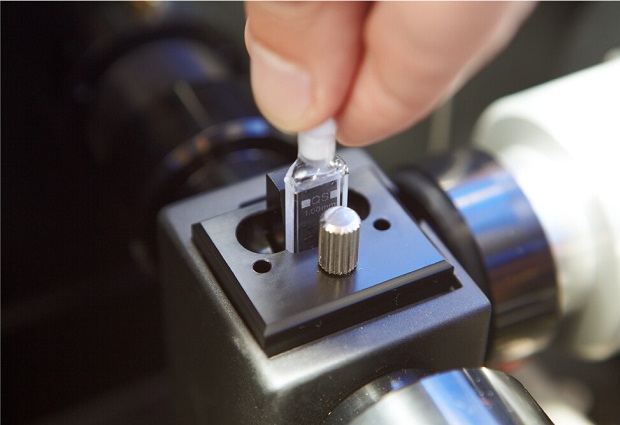
Empowering European structural biology
The EU grants 10 million euro to the iNEXT-Discovery consortium, in which EMBL is a major partner, unlocking key technologies for structural biology researchers

iNEXT-Discovery empowers researchers from European institutes to pursue innovative structural biology research. The consortium facilitates the generation of knowledge by enabling leading European facilities to offer advanced technological instrumentation and expertise to all European scientists, allowing them to perform high-end structural biology research with state-of-the-art equipment that is often unavailable in their home countries. Structural biology is critical for the development of new drugs and vaccines, biomaterials, efficient biofuels and for enzymes that degrade pollutants. iNEXT-discovery will support projects with high translational potential in all of these areas and more.
EMBL participates in the consortium through its sites in Grenoble, Hamburg, Heidelberg and Hinxton. All are leading providers of complementary cutting-edge structural biology technologies that will be provided over four years. EMBL Heidelberg will offer access to cryo-electron microscopy (cryo-EM) and EMBL Grenoble and EMBL Hamburg will provide access to various synchrotron X-ray related technologies including macromolecular crystallography (MX), small angle X-ray scattering (SAXS) and small molecule and fragment screening. EMBL-EBI in Hinxton will participate in data management activities.
For the past four years, EMBL was a partner in the predecessor project of iNEXT-Discovery, iNEXT. The access to advanced light microscopy, cryo-EM, MX, and SAXS that was provided to over four hundred scientists has already led to numerous publications, many in leading journals.
The iNEXT-Discovery project will also develop the next generation of structural biology technologies. EMBL Grenoble will establish advanced data analysis pipelines, a repository for fragment screening data in collaboration with EMBL-EBI and other iNEXT discovery partners, cloud-based crystallography data analysis, and a new instrument for automated grid preparation for cryo-EM, including measurement of ice thickness, in collaboration with EMBL Heidelberg. EMBL Hamburg will develop a robust automated sample evaluation workflow for X-ray crystallography, and EMBL Heidelberg will develop scripts for cryo-FIB automation.


